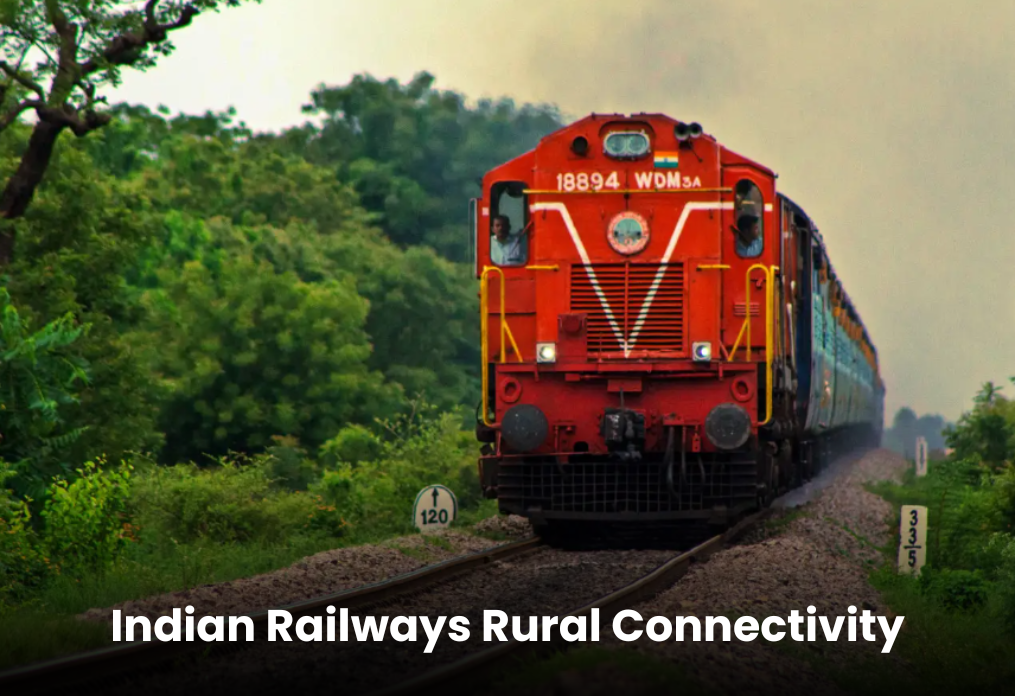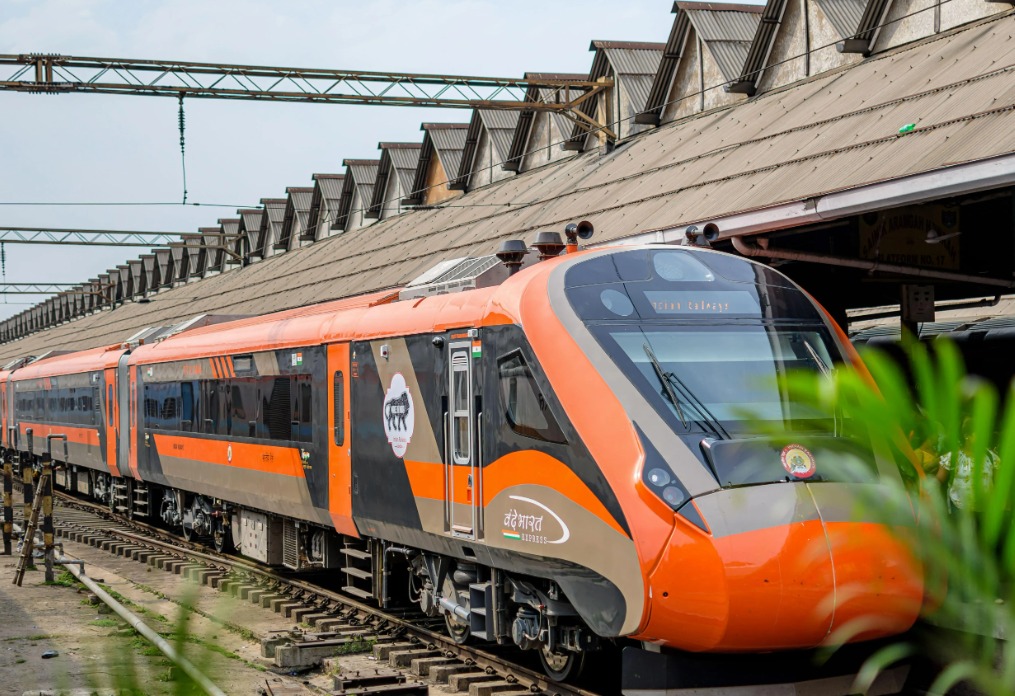Indian Railways, the lifeline of the nation, plays a crucial role in bridging the urban-rural divide. By enhancing rural connectivity, it has significantly transformed village life, contributing to socio-economic growth and development in remote areas of India. This blog explores the historical context, current state, socio-economic impact, and future prospects of Indian Railways’ rural connectivity.
Historical Context
The development of Indian Railways dates back to the mid-19th century, with the primary aim of connecting major cities for trade and administration. However, the vision soon expanded to include rural connectivity, recognizing its potential to boost the rural economy and improve living standards in villages. Early efforts to extend rail networks to rural areas laid the foundation for the comprehensive connectivity we see today.
Must Read: History of Indian Railways: From Steam Engines to Modern Trains
Current State of Rural Connectivity
Indian Railways has made significant strides in improving rural connectivity. With over 7,000 railway stations, many located in rural areas, the network provides crucial links to remote villages. Recent initiatives, such as the introduction of new rural rail routes and the modernization of existing ones, have further enhanced access. Key statistics highlight the extent of rural railway stations and routes, underscoring the importance of rail transport in these regions.
Socio-Economic Impact
Economic Benefits
Indian Railways’ rural connectivity has revolutionized the rural economy. By providing better market access for agricultural and handicraft products, it has enabled farmers and artisans to reach broader markets, increasing their income and livelihoods. Improved rail transport has also spurred trade and commerce, leading to job creation and overall economic development in rural areas.
Social Benefits
The impact of Indian Railways on rural social life is profound. Enhanced rail connectivity has improved access to education and healthcare, reducing disparities between urban and rural populations. Better transportation options have also curtailed the need for migration to urban areas, allowing families to stay together and maintain their rural roots. Increased social mobility, facilitated by affordable and reliable rail services, has empowered rural communities.
Case Studies
Success Stories
Several regions in India exemplify the positive impact of improved rail connectivity. For instance, the introduction of new rail routes in northeastern states has boosted local economies and improved living standards. Testimonials from rural residents highlight the transformative power of rail transport in their daily lives.
Ongoing Challenges
Despite these successes, challenges remain. Some remote areas still lack adequate rail connectivity, hindering their development. Rural passengers often face issues such as infrequent train services and inadequate facilities at rural stations. Addressing these challenges is crucial for achieving comprehensive rural connectivity.
Government Initiatives and Policies
The Indian government has launched various schemes to enhance rural rail connectivity. Initiatives like the Pradhan Mantri Gram Sadak Yojana (PMGSY) complement rail projects by improving last-mile connectivity. Public-Private Partnerships (PPPs) in rail infrastructure development are also playing a pivotal role. Future plans include expanding the rail network to underserved rural areas and upgrading existing routes to improve efficiency and service quality.
Technological Innovations
Technological advancements are revolutionizing rural rail services. The introduction of modern trains, equipped with advanced safety features and amenities, is improving the travel experience for rural passengers. Digitalization initiatives, such as online ticket booking and real-time train tracking, are making rail travel more accessible and convenient for rural communities.
Environmental Impact
Indian Railways is committed to sustainable practices in its operations. Rail transport is inherently more environmentally friendly than road transport, producing lower greenhouse gas emissions per passenger kilometer. Sustainable construction practices and the adoption of green technologies further minimize the environmental impact of expanding rural rail networks.
Conclusion
Indian Railways’ role in enhancing rural connectivity is undeniable. By improving transportation, boosting the rural economy, and fostering social development, it is transforming village life across India. Continued investment in rail infrastructure and technology, along with supportive government policies, will ensure that Indian Railways remains a catalyst for rural development. The future of rural connectivity via Indian Railways is bright, promising even greater integration and prosperity for India’s villages.


